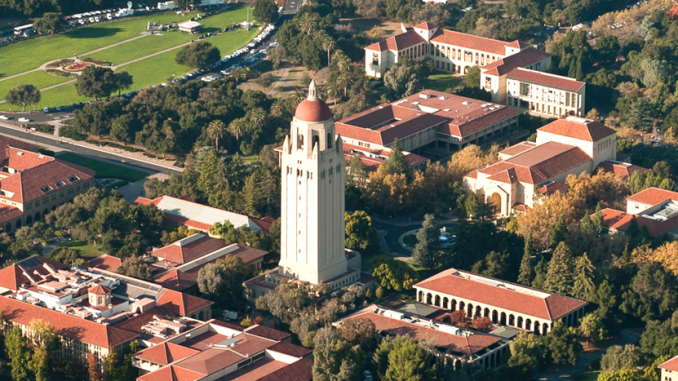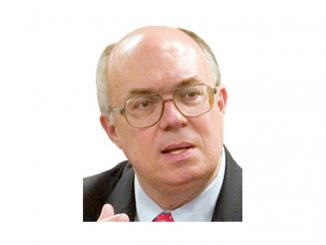
BY ALLISON LEVITSKY
Daily Post Staff Writer
As Stanford seeks Santa Clara County leaders’ approval to build nearly 2.3 million square feet of new academic facilities, one question lingers. How much should the university be allowed to build on its campus? How high? How dense? How wide?
Because Stanford occupies an unincorporated part of the county, the Board of Supervisors signs off on all major expansions.
But the land isn’t subject to zoning limitations on density per parcel, so the county has been approving the university’s growth in increments. The county issued Stanford’s last General Use Permit, or GUP, in 2000, allowing for more than 2 million square feet of academic facilities and 3,018 housing units.
The current expansion, which would be allowed under a 2018 GUP if the Board of Supervisors approves the university’s application, would include 550 homes for faculty and employees, 1,700 beds for undergraduates and 900 beds for graduate students. But it’s expected to bring 9,600 new students and employees to campus.
The GUP before the county would expire in 2035. After that, presumably, Stanford would return for a request for more growth. At what point does the campus reach the maximum in terms of development?
When the county approved the 2000 GUP, Stanford was asked to do a study to answer that very question.
The study was required to define the maximum planned buildout, but when Stanford presented the study to the board in 2009, it didn’t set a permanent limit.
‘Impossible to calculate’
Stanford wrote that it would be impossible to calculate an absolute maximum buildout without a timeframe because “construction methods and societal views on how much density might be appropriate on a site change over time,” and instead set out a planning horizon of 2035.
“In 2008, the county determined that a realistic, foreseeable planning horizon for the study was to look out to 2035,” Jean McCown, Stanford’s associate vice president of government and community relations, told the Post in an email. “The study concluded potential planned development could stay within the Academic Growth Boundary.”
Palo Alto Mayor Liz Kniss, then the president of the Board of Supervisors, voted with supervisors Dave Cortese and Ken Yeager to approve the study in 2009 even though it didn’t establish a permanent limit on growth. Then-supervisors Don Gage and George Shirakawa voted against it.
“Stanford pulled one over on the county, and the county dropped the ball,” former Palo Alto Mayor Peter Drekmeier told the Post yesterday.
Joe Simitian, president of the Board of Supervisors, put it a different way.
“I don’t think the Sustainable Development Study that the board approved satisfactorily addressed these issues,” Simitian told the Post on Friday.
A new attempt at a maximum buildout study
Simitian said he’d received a number of questions and comments on the maximum absolute buildout and that he’s been having a conversation with county planners about whether it’s possible to update the study to define maximum buildout at Stanford. It would be separate from the GUP, he said.
A petition posted on ipetitions.com calls for the county to establish a maximum buildout for the university and preserve the foothills outside of the Academic Growth Boundary.
The 450 signers want the county to require the university to build housing on campus or nearby for all new students, faculty, employees and contractors, offset all new car trips by the removal of a trip and adopt a policy of carbon neutrality for all new construction.
Stanford is currently proposing to build housing either on or near campus, or near public transportation, which could theoretically wind up being as far away as Oakland or Gilroy.
The GUP is the subject of a nearly 1,000-page draft environmental impact report that has been circulating publicly for several months. County planners will continue to accept comments from the public before finalizing the report Feb. 2.
Public hearing next week
Simitian will be holding another public hearing to field comments on the GUP at 6 p.m. on Jan. 23 at Palo Alto City Hall.



